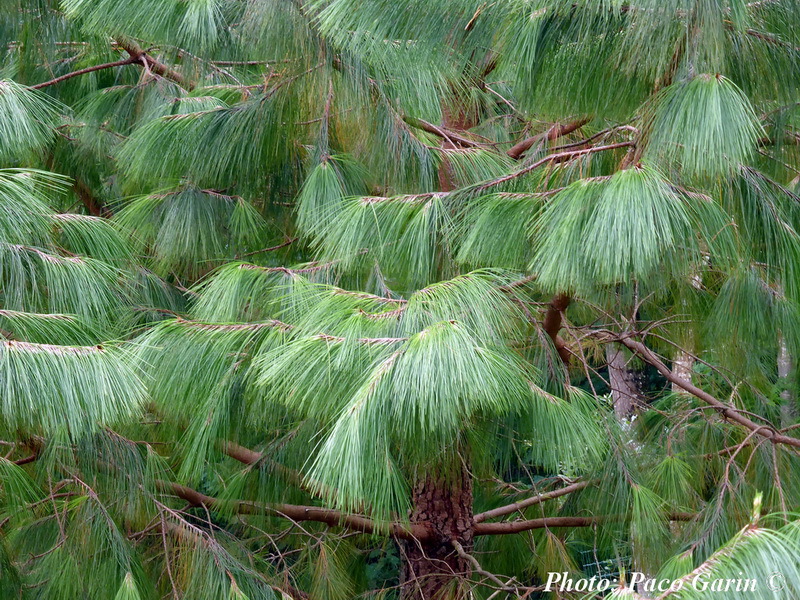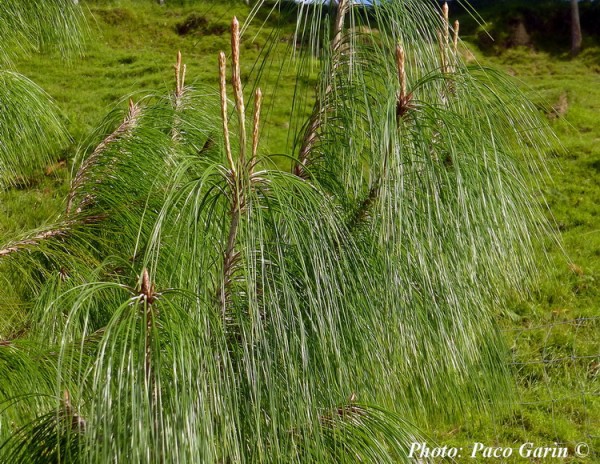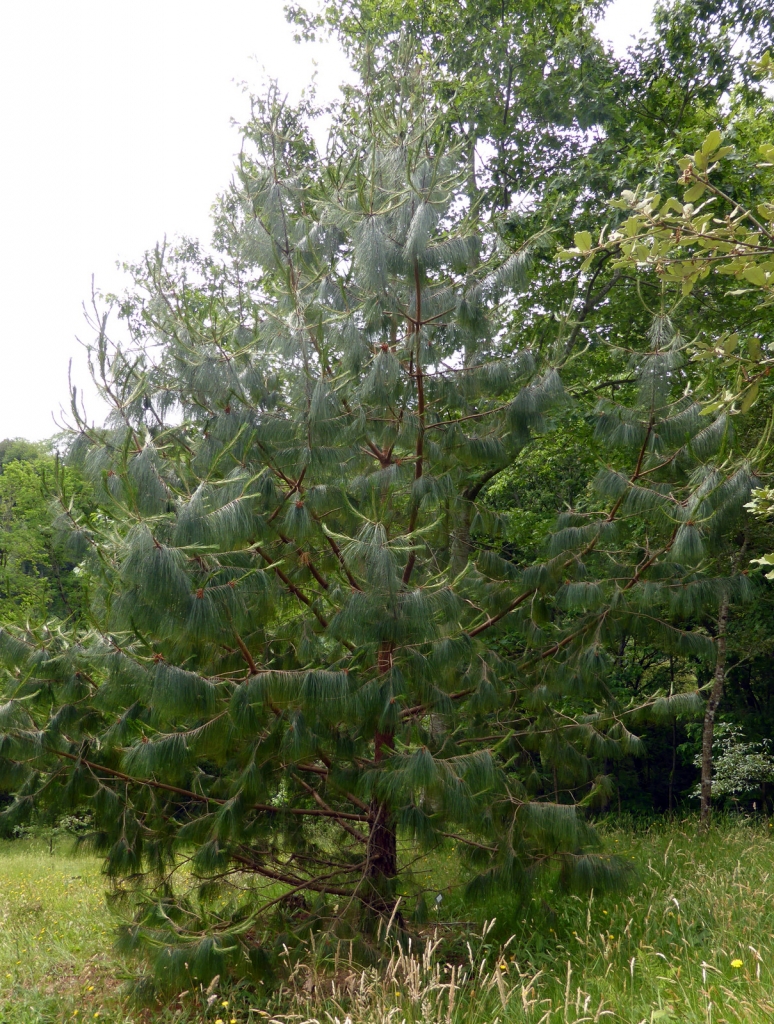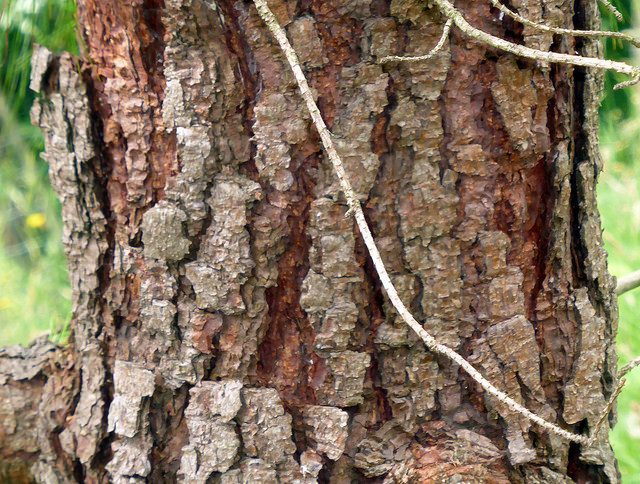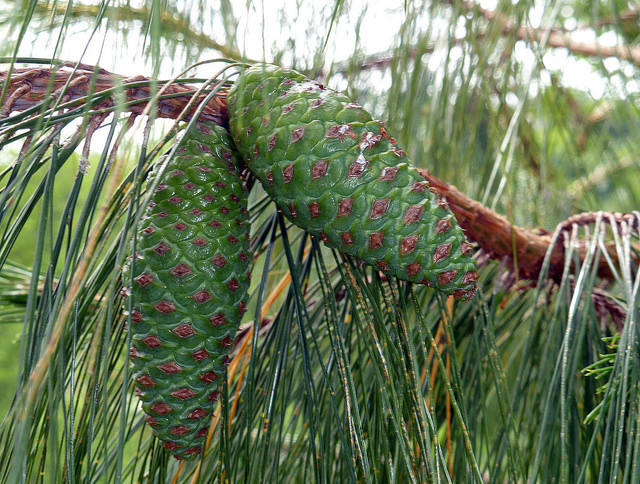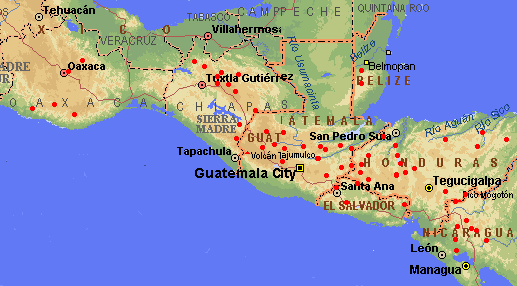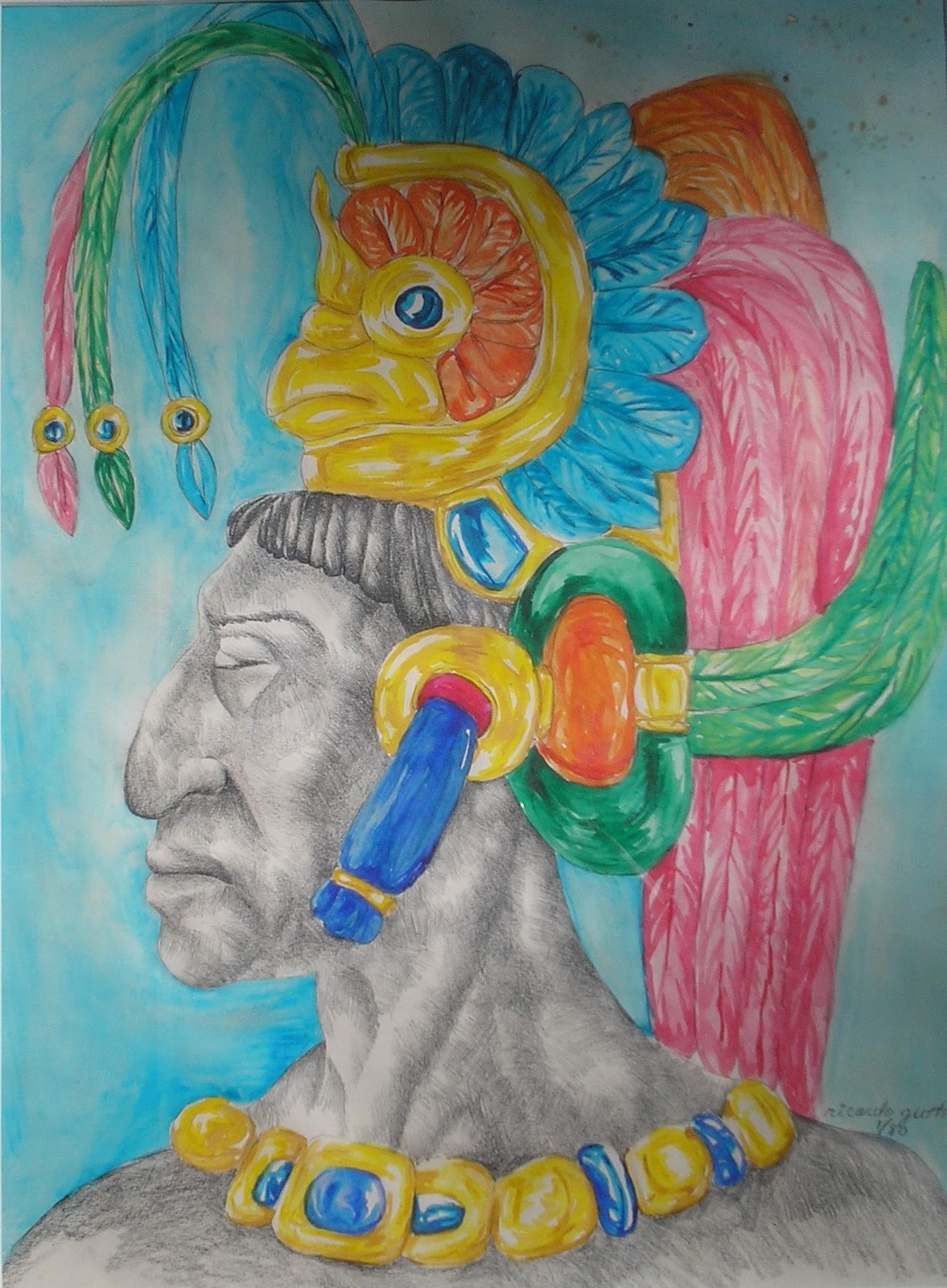subgenus Pinus, section Trifoliae (Duhamel), subsection Australes (Loudon).

Pinus tecunumanii, as described in 1983 by Teobaldo Piedra Eguiluz and Jesse Parker Perry in Ciencia Forestal, 8(41), by Fritz Schwerdtfeger, is commonly known as Tecún Umán pine or Schwerdtfeger's pine. The species name honors Tecún Umán, a Mayan chief who defended his homeland against the Spanish conquistadors in the 16th century.
Ethnobotany. an important timber tree in Central America, where it can grow a straight bole with large dimensions. It is largely exploited for sawn timber and other local wood products in its native range; potentials for wood pulp production are considered to be high if it was to be grown extensively in plantations. This taxon has received considerable interest from foresters as a species for potential plantation forestry to be introduced in tropical countries. It has been planted as a forestry tree in Africa, India, South America and Australia.
Description. Tecún Umán pine is an evergreen, coniferous species of tree that grows to mature heights of 165 feet (50 m) with a trunk up to 32 inches (80 cm) in diameter, measured at breast height; and a cylindrical, flat-topped, open crown with numerous slender, short, horizontal or gently ascending branches sparsely clothed by foliage.
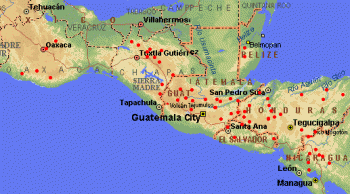
Distribution. This species is native to Mexico - Chiapas, Oaxaca and southeastern Guerrero; Guatemala; Belize; Honduras; El Salvador; and Nicaragua; found growing at elevations of 1,800 to 8,000 feet (550 - 2,500 m) above sea level, in open to closed-canopy pine and pine-oak forests in climatic zones which receive at least 40 inches (1,000 mm) of annual rainfall, and up to 100 to 120 inches (2,500 - 3,000 mm) in some places. The dry season is usually long, lasting from November to May, so that at lower to middle altitudes fires are an integral phenomenon in the ecosystem.
Hardy to USDA Zone 9 - cold hardiness limit between 20° and 30°F (-6.6° and -1.1°C).
